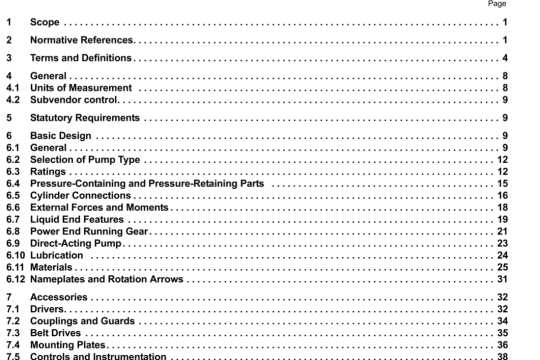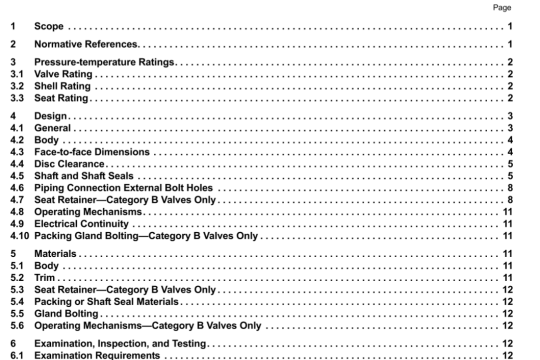API RP 2027:2002(2012) pdf download
API RP 2027:2002(2012) pdf download.lgnition Hazards and Safe Work Practices for Abrasive Blasting of Atmospheric Storage Tanks in Hydrocarbon Service.
4 General Requirements and Procedures
4.1 GENERAL REQUIREMENTS
This recommended practice provides requirements and safe practices intended to assist employers (owners/operators and contractors) to develop operating procedures that provide for hazard recognition. saft, work and significantly reduce ignition risks during abrasive blasting of hydrocarbon storage tanks in service that may contain or have the potential to dcveiop a flammable atniosphcrc in the vapor space.
Abrasive blasting is the process wherein small particles of hard abrasive grit are projected by air, water steam or centrifugal force against the metal surface to remove rust, coatings. residue and deposits preparatory to maintenance, painting. coating and repair. Abrasive blasting grit used in tank cleaning may be applied by a number of methods, however the following two methods are most prevalent:
I. Air Blasting—Dry abrasive grit is projected by compressed air.
2. Vt Blasting—Wet abrasive grit is projected by compressed air or abrasive grit (wet or dry) is projected by water pressure.
4.2 POTENTIAL IGNITiON HAZARDS
Employers shall be aware that it is generally preferable to conduct abrasive blasting when tanks arc out of service and have been cleaned of flammable liquids and vapors. However. because of operating requirements, it is not always feasible, and sometime impossible, to empty. clean and remove tanks from service to conduct abrasive blasting of the exterior of the tank. Indeed, in certain situations, taking the vapor space in a tank through the flammable range for vapor freeing and during refilling can actually be more hazardous than conducting abrasive blasting on the tank while it is in service. Abrasive blast cleaning of the exterior of tanks that are in service can be safely pert&med provided that hazards are recognized and specific operating practices and precautions are established and implemented to minimize the ignition hazards and control the presence of vapor and dust.
Employers (owners/operators and contractors) shall identify actual and potential ignition hazards and potential sources of flammable vapors as the first step in developing safe abrasive blasting operating procedures. When conducting abrasive blasting, employers shall determine potential sources of hydrocarbon vapors and ignition and establish and implement appropriate control measures. Even if all ignition sources are identified and controlled during abrasive blasting, the presence of flammable vapors in the working area, such as vapors resulting from filling a nearby storage tank, shall be avoided.
Note: See Section 7 for specific requirements.
A hot work permit shall be issued before starting any internal combustion engine. Refueling of any internal combustion engines, regardless of type or location, shall not be permitted while the engine is operating or hot or while abrasive blasting is being conducted in the approximate area. Gasoline and diesel driven engine exhausts and intakes shall be equipped with spark arrestors. Testing shall be conducted by a qualified person to assure that liammabic vapor-in-air levels in the area surn)unding internal combustion equipment are within acceptable limits as established by the hot work permit.
Iilectrical motors shall be approved by the facility owner/ operator prior to their use in abrasive blasting. Eleetne motors shall he inspected before use by a qualified person and con- finned to be intrinsically safe (i.e.. approved explosion proof motors have not been damaged so as to void their ability to contain an explosion internally) and approved for the area’s electrical zone or classification, Electrically driven equipment shall also be located a minimum of 50 feet (15 meters) upwind from the tank and at least 3 feet (I meter) above.




